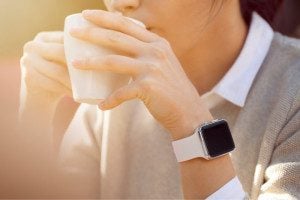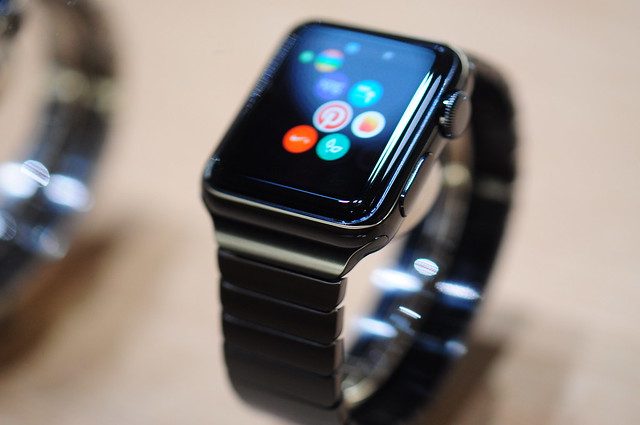Medical ID, Smartwatches and E-Fabrics: The Future of Wearable Tech
 We’ve all heard of mood rings, but how about a ring that you can use to control the mood and atmosphere of your home? The latest wave of products to hit the burgeoning tech market includes next-gen pieces of jewelry that can do just that.
We’ve all heard of mood rings, but how about a ring that you can use to control the mood and atmosphere of your home? The latest wave of products to hit the burgeoning tech market includes next-gen pieces of jewelry that can do just that.
While jewelry has long been seen as a purely cosmetic accessory without any real practical function, products such as Ring Zero and other similar pieces of tech are doing their bit to change that perception.
Using sensitive motion detectors that register gestures and movements in the hand, as well as wireless technology, these natty products can be configured to control a wide variety of everyday gadgets. Everything from tablet computers and mp3 players to the humble light switch can be controlled by these devices, which are small and unobtrusive enough to sit conveniently on the finger like a standard ring.
Products like these are helping to usher in a new era of wearable technology, but what’s next? Here is a taste of what the future may hold for the wearable technology industry, as tech whizz-kids and nanoscientists continue to push the boundaries of what we believe to be possible.
Cloud Medical ID
We already have medical ID bracelets with USB devices or scannable QR codes installed, but what about the next generation of these potentially life-saving pieces of wearable technology?
Well, as the popularity of cloud computing continues to gather pace, thanks in no small part to its security and convenience, we can expect next-gen ID bracelets to integrate with this revolutionary technology. This will allow collaborative data on the medical history and requirements of a patient to be accessed by doctors in real-time, ensuring that the up-to-the-minute needs of the patient are met.
And how about a medical alert bracelet which monitors the patient’s current condition and transmits data directly to emergency services and medical professionals? As the hardware required to implement such an innovation becomes progressively smaller, cheaper and more readily available, this will become a standard feature of medical ID bracelets in the future.
Smartwatches
The release of the Apple Watch seemed to confuse critics and tech-fans alike. The computing and smartphone giant’s first foray into the world of wearable tech was met with a reaction that fell somewhere between lukewarm and boiling hot. However, the consensus was generally good, and the public's reception of the Apple Watch was certainly better than the one they bestowed on Google’s Glass.

Whether or not people will still be excited about the Apple Watch a few years down the line, it is difficult to say, but it’s safe to assume that we haven’t seen the last of the smartwatch.
Apple’s competitors will not be content to let the California-based company secure a 100% market share without a fight, and the public’s appetite for connective and socially-embedded pieces of tech makes it likely that we will see more companies developing their own smartwatch products in the not-too-distant future.
E- Fabrics
The idea of smart fabrics is nothing new. As far back as the 1990s, scientists were working on “wearable computers”; enhanced clothing items that were aimed at revolutionising everyday life. But it is only recently that the technology has truly begun to catch up with the vision.
By installing lightweight computers and processing devices in fabrics, scientists are attempting to use technology to solve some of modern life’s most puzzling conundrums. The range of possible applications for smart fabrics is staggering, and encompasses everything from monitoring the vital signs of patients in hospitals, to tracking subtle changes in the wearer’s environment.
As the technology and methods of production become more developed, we can expect to see more e-fabrics in our high street stores. A smartphone touchscreen built into the sleeve of your shirt? A WiFi charging dock integrated into the pocket of your jeans? They might sound crazy now, but don’t bet against such things creeping into the market in the coming years.

